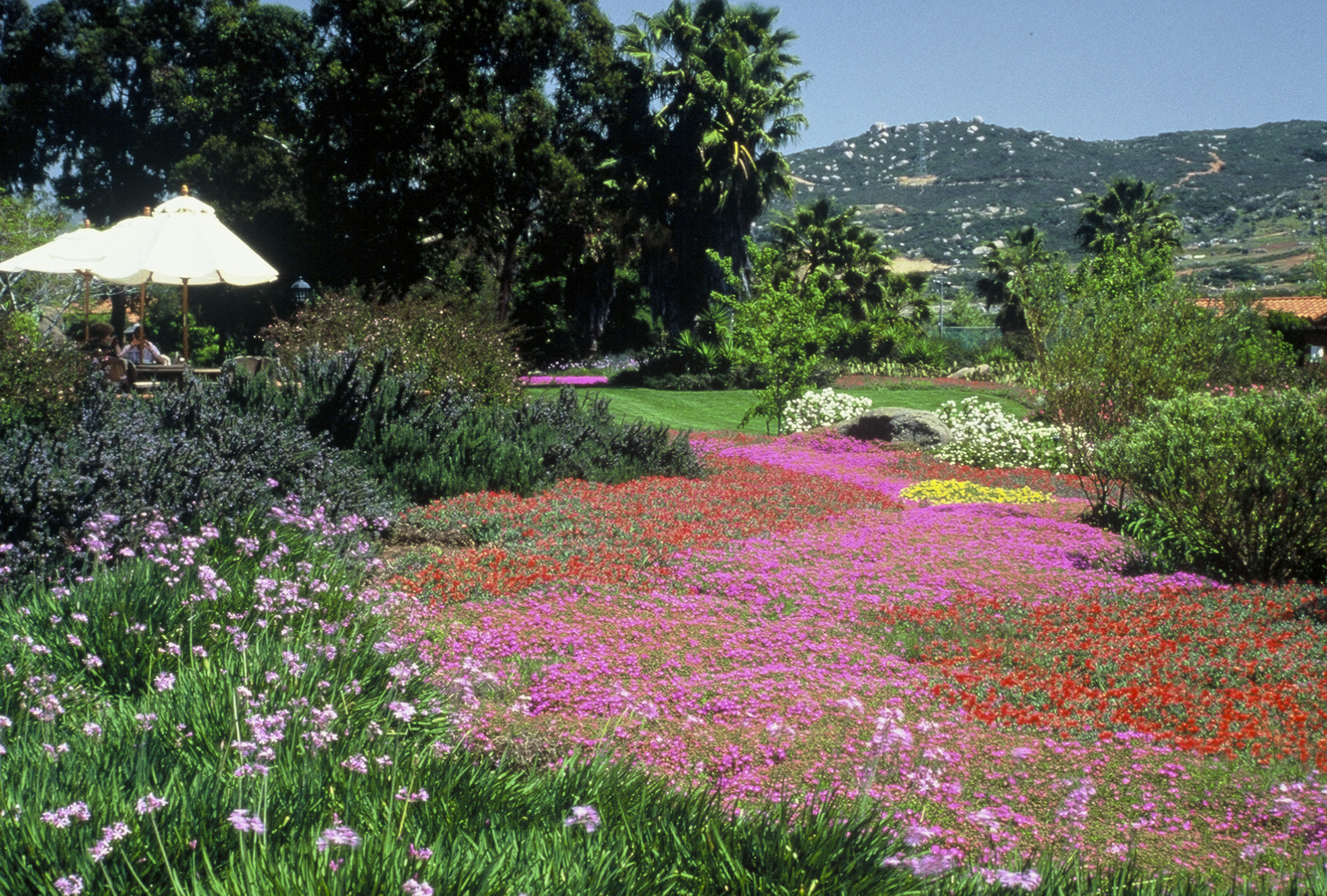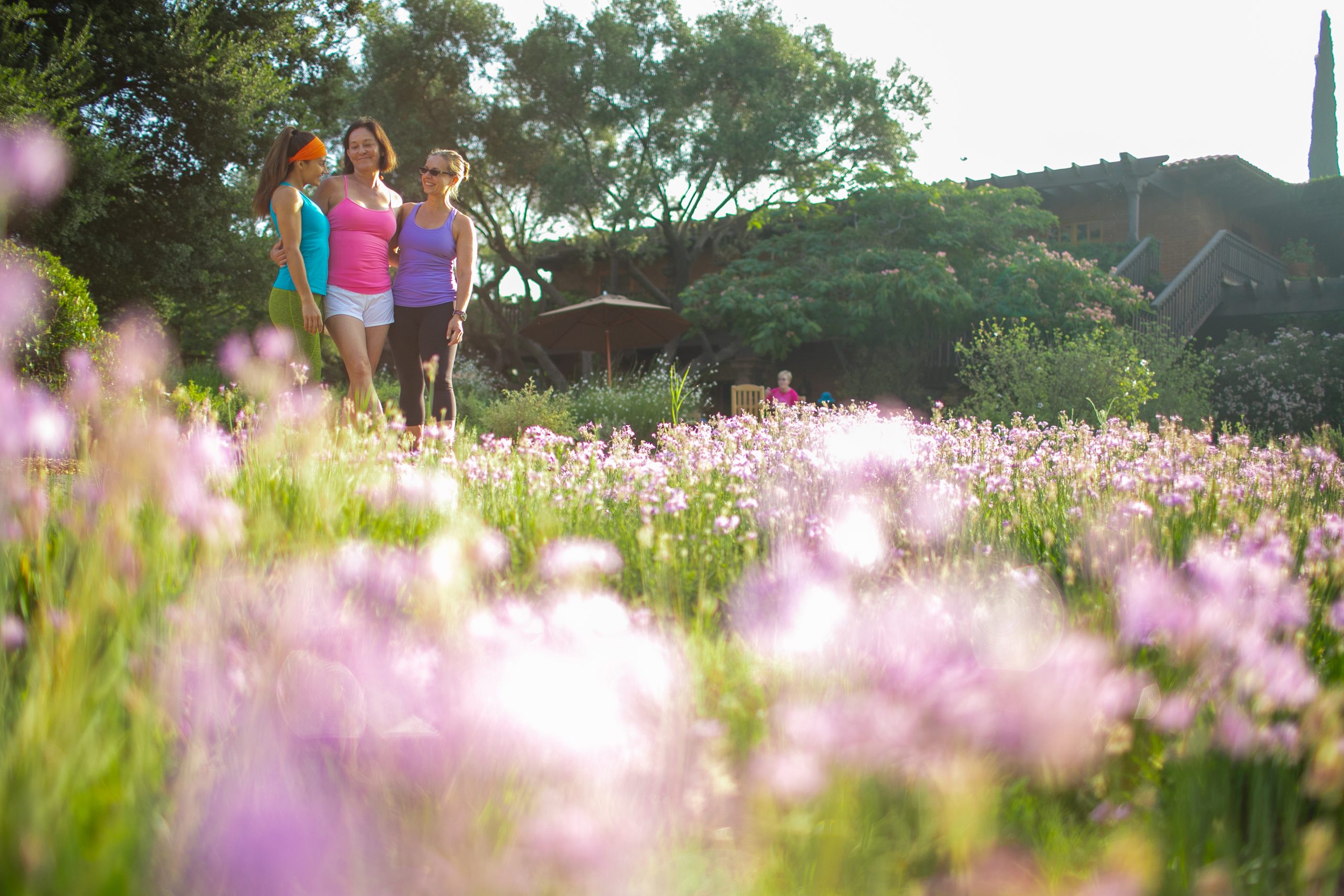The True Roots of an English Garden by Ruth Spencer

It was a quintessentially English scene. Rose Cottage, with its Aga stove and exposed beams, nestled in the heart of the village between the bakery and the church. The table laid for lunch on the veranda was decorated with dahlias and sweet peas freshly picked from the garden.
She looked around and smiled at the thought that none of her guests would suspect that the origins of this rural scene weren’t only in the rolling South Downs of West Sussex, but also in the foothills of Mount Kuchumaa in Mexico.
She really hadn’t been sure about coming to the ranch. It was a long way and seemed all a bit New Age for her. However, her sister was insistent that she’d love it, so she’d reluctantly packed her bags.
Even for the first few days when she was there, she was puzzled. She fell asleep in the crystal bowl healing class as her mind drifted to making a shopping list when she should have been meditating. The idea of Watsu left her nothing short of terrified.
When others around her kept talking about having found their “ranch moment,” she had no idea what they were talking about. Little did she know that her moment was coming, and when it did, it was going to be squelching in mud.
As they entered through the rusty gate at the top of the organic farm, she was stunned. Up until that moment she had been quite proud of the tomatoes she grew in her garden and the herbs in her pots on the kitchen window. This was something else.
Everything about the place inspired her: the enormous almost feral rosemary bushes, the beautiful neat rows of salad greens, the steaming compost heap and the geometric array of seedlings in the glass house. All this bounty brought to life by the passion and expertise of the head gardener.
When she got home to the cottage, she looked at her garden. She realised this place she treasured so much was no longer enough. The next day, she contacted the village council to ask about an allotment. Owned by the council and rented to villagers, she knew that these parcels of land were hard to come by. She expected a lengthy wait, so she was amazed to be told there was one available right away. Unfortunately, it came with a very big catch: every single inch of the 20- by 50- foot plot was covered in a dense forest of weeds.
Weekends and evenings in the cold spring that followed included long hours of digging, pulling weeds and clearing the detritus left on the site. Most of the plot had to be covered in black plastic to kill the weeds. Through hard work and determination, a small area was cleared. In this wedge of dirt, she planted her first crops, carefully selecting the most resilient seeds that could survive the sea winds.
Throughout the summer, she visited almost every day, watering the tomatoes, picking out beans and tentatively scraping back the soil to see if the potatoes were growing. She was there in hot sun and cold wet rain. Some days, she relished the pleasure of the physical work, while other days she wondered why on Earth she’d signed up for this.
Today, though, it was unquestionably all worthwhile.
The table was beautiful. There was julienned kohlrabi in a mustardy vinaigrette, zucchini grilled and dressed with parsley and basil, and beans simmered in some of the glut of tomatoes. The bowl of gently steaming potatoes had been in the ground less than an hour before.
Her guests would guess nothing about the true origins of the scene. Or at least they wouldn’t until they tried the beetroot chutney. She spent ages tweaking the recipe to get it exactly as she wanted. At first sight, it looked just like something her grandmother used to make. Even the initial tastes were what you’d expect, with the sweetness of the beets followed by the warmth of the ginger and cinnamon. However, right at the end, you got the habanero.
There amongst the reassuringly familiar was just a little pinch of Mexico.


